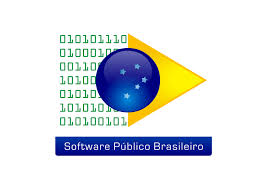
Construction began in 2013 and received over two hundred contributions
“We established a new conceptual model for the portal launched in 2007. The solutions available serve to simplify public management, reduce expenses and meet the needs of Brazilians”, explains Cristiano Heckert, Secretary of Logistics and Information Technology at the MP. The secretary highlights the tool that allows the collaborative development of software as one of the main innovations of the SPB. “In this environment, it will be possible to unite the work of different actors in favor of a solution that serves different public agencies”, said Heckert.
According to the Instruction Regulation No. 04, the 222 bodies and entities that are part of the Information Technology Resource Management System (Sisp) must identify whether the solutions available in the SPB meet the desired requirements before carrying out an Information and Communications Technology (ICT) acquisition. The software is divided into categories such as Economics, Health, Education, Administration, Communications, Energy and Sanitation.
Even solutions that do not adopt the public licensing and availability model can be accessed on SPB, as established by the Normative Instruction No. 1. This is the case of the Electronic Information System (SEI), a tool used for the electronic processing of documents. The use of SEI generates savings in the use of paper and printing and also speeds up the administrative processes of the institutions. “There is a need for us to share software that benefits management in federal public administration bodies, the SEI is a great example of them,” said Heckert.
Last year, just in a pilot project at the Ministry of Communications (Minicom), the system brought savings of more than R$ 500 thousand reais in printing expenses. The average duration of processing a case in the body went from 199 days to 25.












